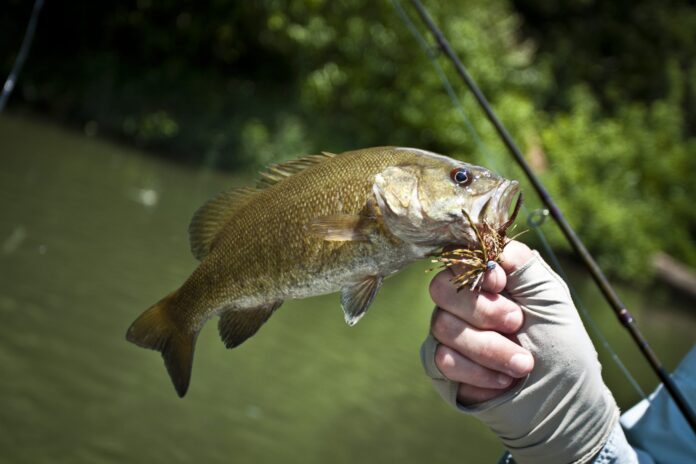MONTGOMERY, Ala. – The Alabama Department of Public Health (ADPH) annually updates fish consumption advisories based on data collected the preceding fall by the Alabama Department of Environmental Management (ADEM).
ADEM, the Tennessee Valley Authority and the Alabama Department of Conservation and Natural Resources collected samples of specific fish species for analysis from various waterbodies throughout the state during the fall of 2021 (365 samples; 34 collection stations). ADPH assessed the analytical results to determine whether any of the tested contaminants in the fish may give rise to potential human health effects.
Fish consumption advisories are issued for specific waterbodies and specific species taken from those areas. In reservoirs, advisories apply to waters as far as a boat can be taken upstream in a tributary, that is, to full pool elevations.
Newly issued advisories will be represented as the safe number of meals of that species of fish that can be eaten in a given period of time, such as meals per week, meals per month or do not eat any. A meal portion consists of six ounces of cooked fish or eight ounces of raw fish.
New and updated consumption advisories issued for the 34 bodies of water tested can be found on the ADPH website. https://www.alabamapublichealth.gov/tox/fish-advisories.html
The advice contained in this release and complete listings of the posted fish consumption advisories are offered as guidance to individuals who wish to eat fish they catch from various waterbodies throughout the state. No regulations ban the consumption of any of the fish caught within the state, nor is there a risk of an acute toxic episode that could result from consuming any of the fish containing the contaminants for which the state has conducted analyses.
A fish consumption advisory can be issued for one or more specific species of fish within a waterbody, or an advisory can be extended to include all fish species within that waterbody. When excess levels of a contaminant are found in a specific species of fish, an advisory is issued for that specific species. For example, if an advisory had been issued for largemouth bass and not for channel catfish, it would be advised that individuals should not eat largemouth bass, but consumption of channel catfish is permissible without endangering health. When excess levels of a contaminant are found in multiple fish species sampled from a specific waterbody, a Do Not Eat Any advisory is issued. Consumption of any fish from a specific waterbody under a Do Not Eat Any advisory may place the consumer at risk for harm from the contaminant.
If a species is listed in the advisory, it is prudent to assume that similar species with similar feeding habits should be consumed with caution. For example, if black crappie is listed and white crappie is not, because they are in the same family, all crappie would fall under the listed advisory.
Sign in
Welcome! Log into your account
Forgot your password? Get help
Password recovery
Recover your password
A password will be e-mailed to you.





















